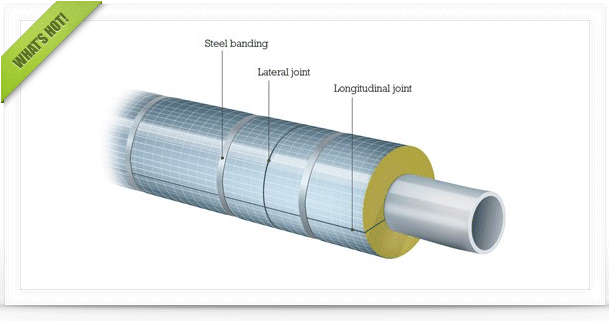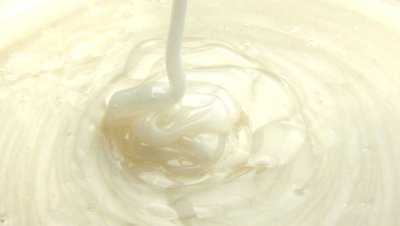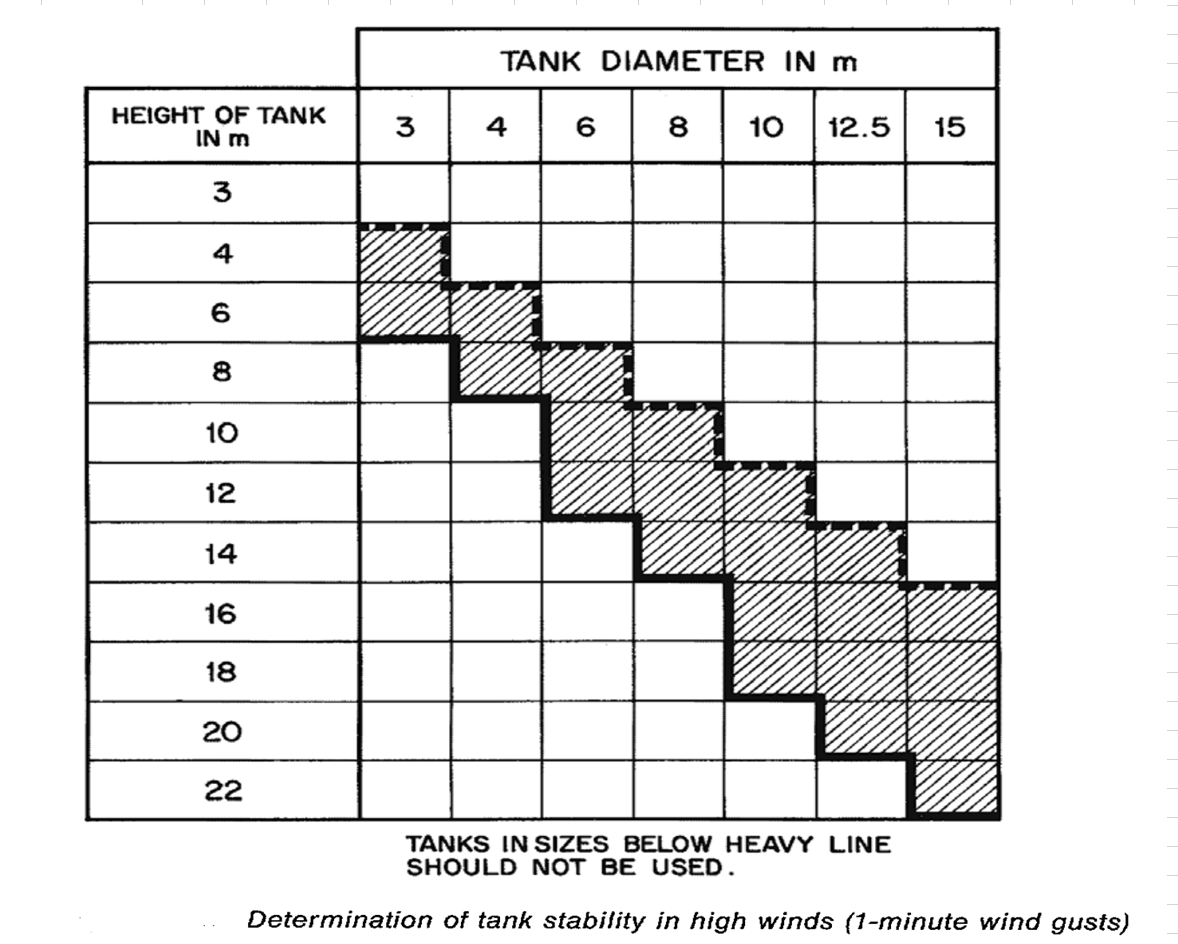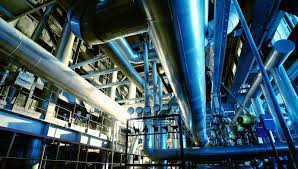Hi.
So I am dealing with a 2-phase flashing through the PSV. I am tasked to design or size the outlet piping but one of the leads told me I need to size the vapor and liquid lines at the outlet. Where the outlet line eventually splits into two; separate line for liquid and vapor. I am not sure the approach on this sizing method but can you help shed some light on this? See a depiction of diagram of my system below.
I am having doubts that vapor and liquid will fully-separate as it passes through the tee designated. Is it really possible since I am trying to contest that we cannot fully-separate the 2-phases at the tee.

 FB
FB












